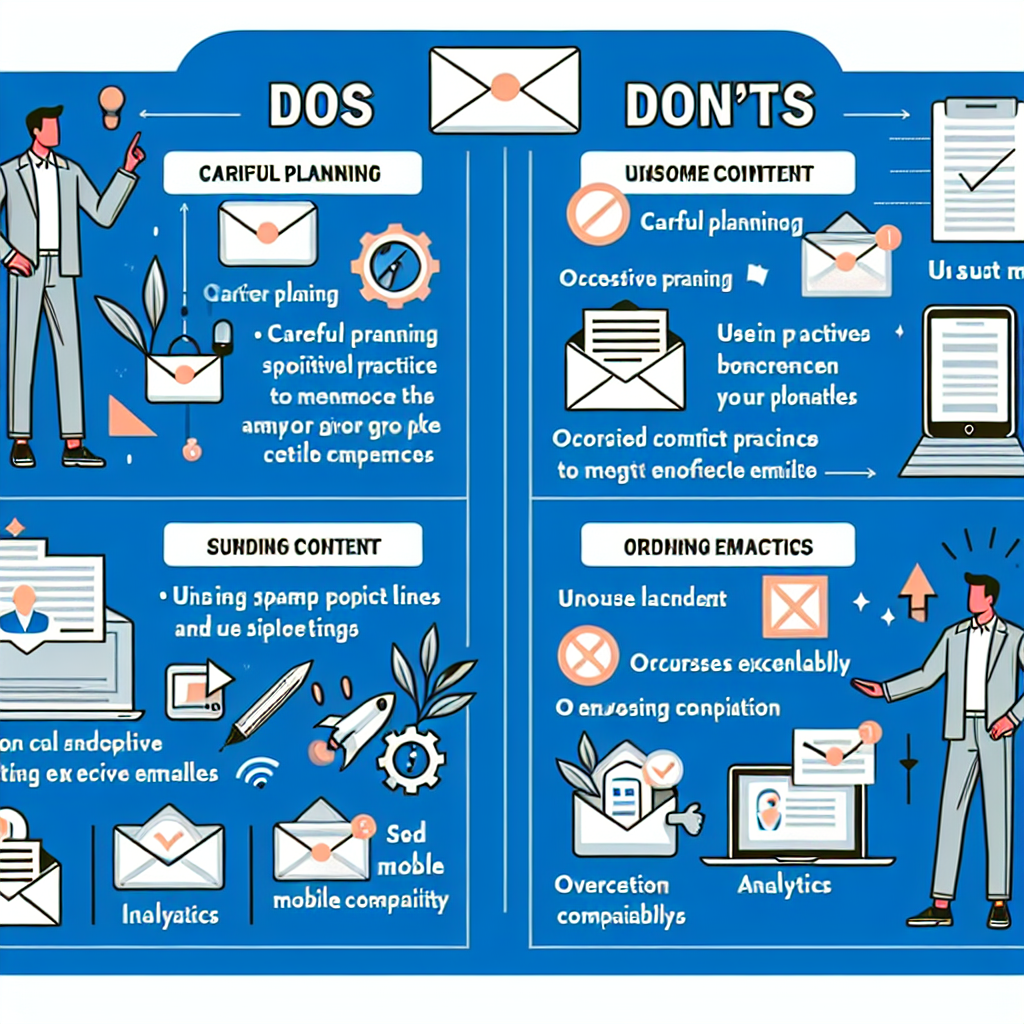Using Analytics to Refine Your Funnel Strategy
In today’s digital age, businesses are increasingly reliant on data to drive their marketing strategies. One crucial aspect of this is the marketing funnel, a model that represents the journey a customer takes from awareness to purchase. But how can businesses ensure that their funnel strategy is as effective as possible? The answer lies in analytics. In this blog post, we will explore how you can use analytics to refine your funnel strategy, ensuring that every stage of the customer journey is optimized for success.
Understanding the Marketing Funnel
Before diving into the specifics of analytics, it’s essential to understand what a marketing funnel is. The marketing funnel is a model that represents the different stages a potential customer goes through before making a purchase. These stages typically include:
- Awareness: The customer becomes aware of your brand or product.
- Interest: The customer expresses interest in your product or service.
- Consideration: The customer evaluates your product or service against competitors.
- Intent: The customer shows a clear intention to make a purchase.
- Purchase: The customer completes the purchase.
- Loyalty: Post-purchase, the customer continues to engage with your brand.
The Role of Analytics in Funnel Optimization
Analytics play a crucial role in understanding how customers move through each stage of the funnel. By analyzing data, businesses can identify where potential customers drop off, which stages need improvement, and what strategies are most effective. Here are some ways analytics can help refine your funnel strategy:
1. Tracking Key Metrics
To optimize your funnel, you need to track key metrics at each stage. Some important metrics to monitor include:
- Conversion Rate: The percentage of visitors who complete a desired action (e.g., filling out a form, making a purchase).
- Bounce Rate: The percentage of visitors who leave your site after viewing only one page.
- Engagement Rate: The level of interaction visitors have with your content (e.g., time spent on site, pages per session).
For example, if you notice a high bounce rate on your landing page, it may indicate that the content is not resonating with your audience. By identifying this issue, you can make necessary adjustments to improve engagement and move more visitors down the funnel.
2. Identifying Drop-Off Points
One of the most valuable insights analytics can provide is identifying where potential customers drop off in the funnel. This information is crucial for pinpointing weaknesses in your strategy. For instance, if you see a significant drop-off between the consideration and intent stages, it may indicate that your value proposition is not compelling enough. By addressing these drop-off points, you can create more targeted and effective marketing campaigns.
3. A/B Testing
A/B testing, or split testing, is a method of comparing two versions of a webpage or other marketing asset to determine which one performs better. By using analytics to track the performance of each version, you can make data-driven decisions about which elements to keep and which to change. For example, you might test different headlines, images, or calls-to-action to see which version leads to higher conversion rates.
4. Personalizing the Customer Experience
Personalization is key to creating a successful funnel strategy. Analytics can help you understand the preferences and behaviors of your audience, allowing you to tailor your marketing efforts to meet their needs. For example, by analyzing customer data, you can segment your audience and deliver personalized content, offers, and recommendations. This not only enhances the customer experience but also increases the likelihood of conversions.
Actionable Tips for Using Analytics to Refine Your Funnel Strategy
Now that we understand the importance of analytics in funnel optimization, let’s explore some actionable tips for leveraging data to refine your strategy:
1. Set Clear Goals and KPIs
Before diving into analytics, it’s essential to set clear goals and key performance indicators (KPIs) for your funnel strategy. These goals will guide your analysis and help you measure success. For example, your goal might be to increase conversion rates by 10% over the next quarter. KPIs might include metrics such as click-through rates, form submissions, and sales.
2. Use Advanced Analytics Tools
There are numerous analytics tools available that can provide valuable insights into your funnel performance. Some popular options include Google Analytics, Hotjar, and Mixpanel. These tools offer features such as heatmaps, session recordings, and funnel visualization, allowing you to gain a deeper understanding of user behavior and identify areas for improvement.
3. Regularly Review and Analyze Data
Analytics is not a one-time task. To continuously optimize your funnel strategy, you need to regularly review and analyze your data. Set aside time each week or month to assess your performance, identify trends, and make data-driven decisions. This ongoing analysis will help you stay agile and adapt your strategy as needed.
4. Collaborate with Your Team
Optimizing your funnel strategy is a team effort. Collaborate with your marketing, sales, and customer service teams to gather insights and feedback. By working together, you can develop a comprehensive strategy that addresses each stage of the funnel and maximizes conversions.
5. Focus on the Customer Journey
Finally, remember that the funnel is just one part of the customer journey. To create a truly effective strategy, you need to consider the entire experience, from the first touchpoint to post-purchase engagement. Use analytics to map out the customer journey and identify opportunities to enhance each stage. This holistic approach will help you build stronger relationships with your customers and drive long-term success.
Conclusion
In conclusion, using analytics to refine your funnel strategy is essential for driving conversions and achieving your business goals. By tracking key metrics, identifying drop-off points, conducting A/B tests, and personalizing the customer experience, you can create a data-driven strategy that maximizes your marketing efforts. Remember to set clear goals, use advanced analytics tools, regularly review your data, collaborate with your team, and focus on the entire customer journey. By following these tips, you’ll be well on your way to optimizing your funnel and driving long-term success for your business.


